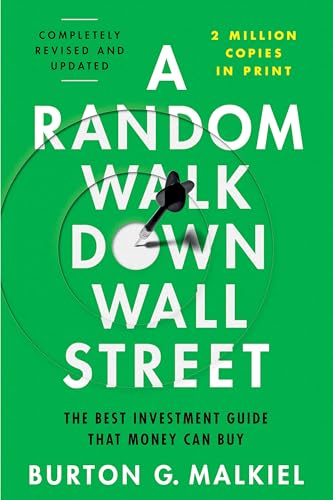A Random Walk Down Wall Street: The Best Investment Guide That Money Can Buy (Thirteenth)
amazon.com
A Random Walk Down Wall Street: The Best Investment Guide That Money Can Buy (Thirteenth)

Increased demand for housing raised home prices, which in turn encouraged further mortgage lending, which led to further price increases in a continuing positive feedback loop. The cycle of increased leverage involved loosening credit standards and even further increase in leverage.
Under the old system, which might be called the “originate and hold” system, banks would make mortgage loans and hold those loans until they were repaid. In such an environment, bankers were very careful about the loans they made. After all, if a mortgage loan went into default, someone would come back to the loan officer and question the original
... See moreIndeed, the managers of conglomerates tended to possess financial expertise rather than the operating skills required to improve the profitability of the acquired companies.
An investor with $10,000 to invest at the start of 1977 (when the first index fund became available) would have a portfolio worth $2,143,500 at the start of 2022, assuming all dividends were reinvested. A second investor who instead purchased shares in the average actively managed mutual fund would have seen the investment grow to $1,477,033.
there is substantial evidence that both individual and institutional investors who try to time the market invariably do the wrong thing. They buy at market tops when optimism reigns, and they sell at market bottoms when pessimism is rampant.
An investment is worth a certain price to a buyer because she expects to sell it to someone else at a higher price. The investment, in other words, holds itself up by its own bootstraps. The new buyer in turn anticipates that future buyers will assign a still higher value. In this kind of world, a sucker is born every minute—and he exists to buy
... See moreA firm’s income statement may be likened to a bikini—what it reveals is interesting but what it conceals is vital.
Rule 4: A rational investor should pay a higher price for a share, other things equal, the lower the interest rates.
Let’s first reformulate the question in terms of price-earnings (P/E) multiples rather than market prices. This provides a good yardstick for comparing stocks—which have different prices and earnings—against one another. A stock selling at $100 with earnings of $10 per share would have the same P/E multiple (10) as a stock selling at $40 with
... See more